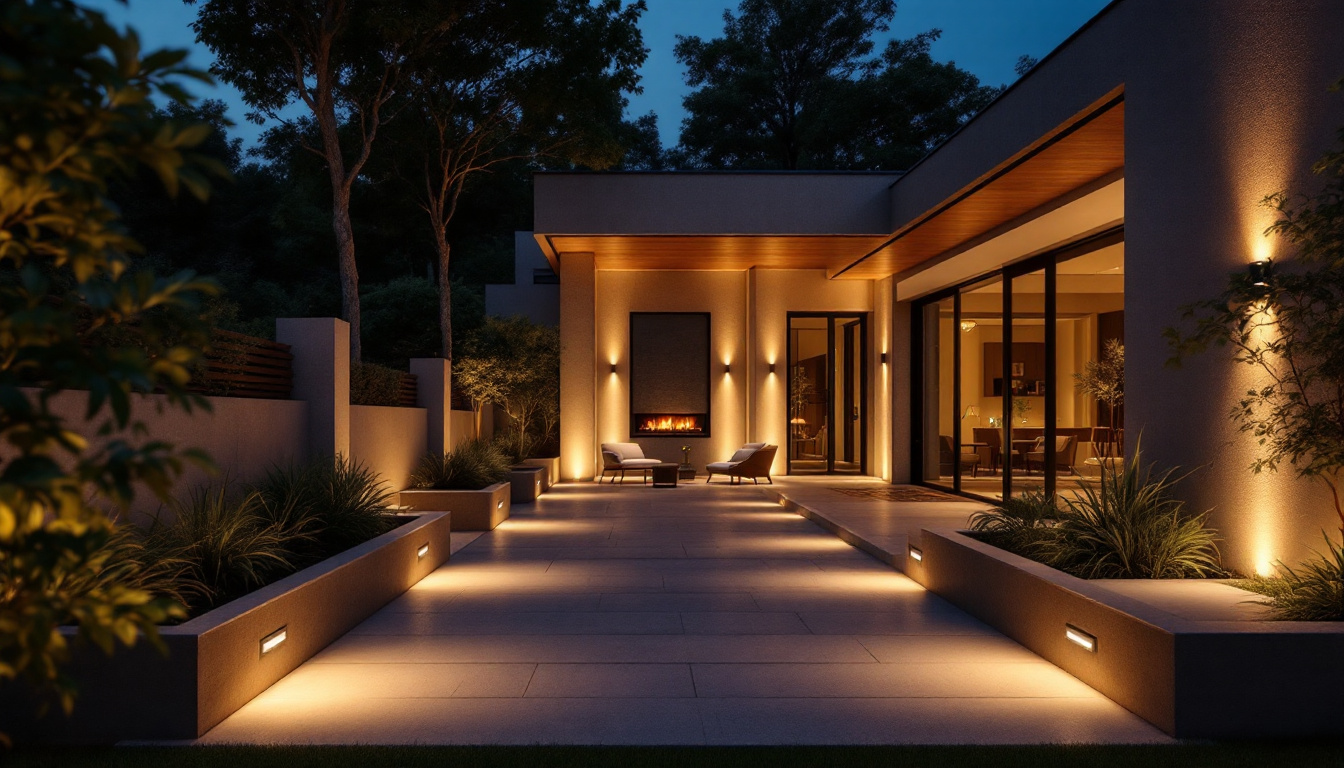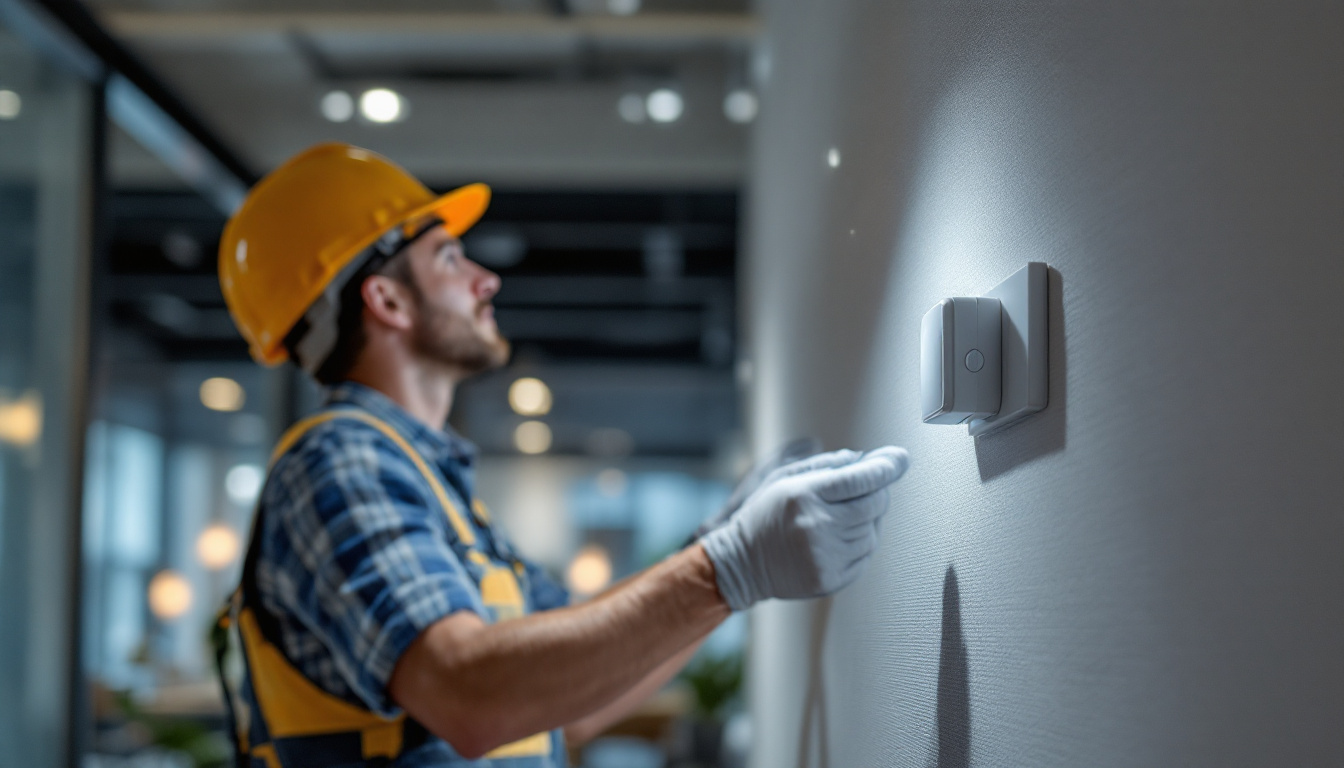
Outdoor wall mount lighting is an essential component in both residential and commercial lighting projects. These fixtures not only provide illumination for safety and security but also enhance the aesthetic appeal of building exteriors. For lighting contractors, selecting and installing the right outdoor wall mount fixtures requires a thorough understanding of various factors, including fixture types, materials, electrical requirements, and environmental considerations.
Given the diversity of outdoor environments and client needs, lighting contractors often encounter a variety of questions about outdoor wall mount fixtures. This article addresses some of the most common inquiries, providing detailed insights to help contractors make informed decisions and deliver high-quality installations.
When considering the types of outdoor wall mount lighting, contractors should be aware of the various styles available, such as sconces, lanterns, and floodlights. Each style serves a different purpose and can significantly influence the overall ambiance of an outdoor space. For instance, wall sconces provide a soft, diffused light that can create a warm and inviting atmosphere, making them ideal for patios and entryways. On the other hand, floodlights are designed for high-intensity illumination, perfect for enhancing security in darker areas or illuminating large outdoor spaces. Understanding these distinctions allows contractors to tailor their recommendations to the specific needs and preferences of their clients.
Moreover, the choice of materials for outdoor wall mount fixtures plays a crucial role in their durability and performance. Fixtures made from corrosion-resistant materials, such as stainless steel or aluminum, are often recommended for coastal areas where saltwater can accelerate wear and tear. Additionally, the finish of the fixture can affect its longevity; powder-coated finishes provide an extra layer of protection against the elements. Contractors should also consider the impact of local climate conditions on fixture selection, as extreme temperatures and weather patterns can influence both the functionality and lifespan of outdoor lighting installations.
Outdoor wall mount fixtures come in several styles and configurations, each suited to specific applications and design preferences. Understanding these types helps contractors recommend the best option for their clients’ needs.
Wall sconces are among the most popular outdoor wall mount fixtures. They are typically mounted at eye level and provide ambient or accent lighting. Available in a wide range of styles—from traditional lantern designs to sleek modern forms—wall sconces are versatile and can complement various architectural styles.
Floodlights are designed to cast broad, intense light over large areas, making them ideal for security and safety purposes. Many floodlights come with motion sensors, which enhance energy efficiency by activating only when movement is detected. These fixtures are commonly installed near entrances, garages, and pathways.
Though often mounted lower on walls, step and pathway lights contribute to outdoor safety by illuminating stairs and walkways. They typically emit softer, downward-directed light to reduce glare and prevent accidents.
Choosing the right outdoor wall mount lighting involves several critical factors. Lighting contractors must evaluate these to ensure durability, functionality, and client satisfaction.
Outdoor fixtures are exposed to varying weather conditions, including rain, snow, wind, and UV radiation. Therefore, materials like die-cast aluminum, stainless steel, and durable plastics are preferred for their corrosion resistance and longevity. Powder-coated finishes add an extra layer of protection against rust and fading.
The IP rating indicates a fixture’s resistance to dust and water. For outdoor wall mounts, an IP rating of at least IP44 is recommended to ensure protection against splashing water and solid objects larger than 1mm. For areas with heavy rain or direct exposure, higher ratings such as IP65 or IP66 provide enhanced protection.
Light output, measured in lumens, should be appropriate for the intended use. For security lighting, higher lumen outputs are necessary, while decorative sconces may require softer illumination. Color temperature, measured in Kelvins (K), affects the ambiance: warm white (2700K–3000K) creates a welcoming atmosphere, whereas cool white (4000K–5000K) is often used for security and task lighting.
LED technology has become the standard for outdoor lighting due to its energy efficiency and long lifespan. Additionally, integrating controls such as timers, dimmers, and motion sensors can optimize energy use and enhance functionality. Lighting contractors should consider these features to meet client demands for sustainability and convenience.
Proper installation is crucial for the performance and safety of outdoor wall mount lighting. Lighting contractors must adhere to best practices and electrical codes during installation.
The ideal mounting height varies depending on the fixture type and purpose. For wall sconces, heights between 60 and 72 inches from the ground are common to provide effective illumination without causing glare. Floodlights are usually mounted higher, around 8 to 10 feet, to maximize coverage. Placement should also consider architectural features and potential obstructions.
Outdoor wiring must comply with the National Electrical Code (NEC) or local regulations, including the use of weatherproof junction boxes and conduit. Ground-fault circuit interrupters (GFCIs) are required for outdoor circuits to prevent electrical shock. Contractors should also ensure that wiring connections are sealed against moisture ingress.
To prevent water damage and corrosion, all fixture mounts and wiring entry points should be properly sealed. Silicone-based sealants are commonly used around fixture bases and conduit connections. Proper sealing extends fixture life and reduces maintenance needs.
Regular maintenance ensures that outdoor wall mount lighting remains functional and visually appealing over time. Lighting contractors should advise clients on best practices to preserve fixture performance.
Outdoor fixtures accumulate dirt, dust, and insect debris, which can diminish light output. Cleaning should be performed periodically using mild soap and water, avoiding abrasive materials that could damage finishes. Additionally, contractors should inspect fixtures for signs of corrosion, loose connections, or damaged seals during routine maintenance visits.
While LED fixtures have long lifespans, eventual replacement of bulbs or driver components may be necessary. Contractors should use manufacturer-recommended parts to maintain fixture integrity and warranty coverage. Prompt replacement of faulty components prevents further damage and ensures consistent lighting quality.
In areas prone to extreme weather, such as heavy snowfall or high winds, additional protective measures may be required. For example, installing shields or covers can protect fixtures from direct impact or accumulation of debris. Contractors should assess site-specific risks and recommend appropriate solutions.
Energy consumption is a major consideration for clients looking to balance effective lighting with operational costs and environmental responsibility. Outdoor wall mount lighting plays a significant role in this equation.
LED fixtures consume significantly less energy compared to traditional incandescent or halogen bulbs. For example, an LED wall sconce may use only 10 to 20 watts while providing the same or greater light output as a 60-watt incandescent bulb. This reduction in power usage translates into substantial cost savings over the fixture’s lifespan.
Incorporating smart lighting controls enhances energy efficiency by ensuring lights operate only when needed. Motion sensors, photocells, and programmable timers can reduce unnecessary illumination during daylight hours or when areas are unoccupied. Lighting contractors should stay informed about the latest control technologies to offer clients tailored, energy-saving solutions.
Fixtures that meet ENERGY STAR or DesignLights Consortium (DLC) standards provide assurance of energy efficiency and quality. Specifying certified products can help contractors meet client sustainability goals and comply with green building codes or incentive programs.
Despite careful planning, lighting contractors often encounter challenges during outdoor wall mount installations. Awareness of these issues allows for proactive problem-solving.
Architectural features, uneven surfaces, or limited access can complicate fixture mounting. Contractors may need to use specialized brackets or adjust mounting locations while maintaining design intent and lighting effectiveness.
Older buildings or remote locations might lack sufficient power supply or proper wiring infrastructure. Upgrading electrical systems or installing additional circuits may be necessary, requiring coordination with electricians and adherence to code.
Extreme temperatures, moisture, and exposure to chemicals or salt (in coastal areas) can accelerate fixture deterioration. Selecting appropriate materials and finishes, as well as advising clients on maintenance, helps mitigate these effects.
Balancing functional lighting with aesthetic preferences can be challenging, especially when clients desire a particular look that may not align with optimal lighting practices. Clear communication and offering visual mock-ups or lighting simulations can help manage expectations.
Outdoor wall mount lighting is a vital element in enhancing safety, security, and curb appeal for exterior spaces. Lighting contractors play a crucial role in guiding clients through the selection, installation, and maintenance of these fixtures. Understanding the variety of fixture types, key selection criteria, installation best practices, and common challenges equips contractors to deliver effective, durable, and energy-efficient outdoor lighting solutions.
By staying informed about the latest technologies and industry standards, lighting contractors can not only meet but exceed client expectations, ensuring that outdoor wall mount lighting installations provide lasting value and performance.
Ready to elevate your outdoor wall mount lighting installations with the finest selection of spec-grade products? Look no further than LumenWholesale. Our commitment to quality, affordability, and convenience ensures you have access to the best lighting solutions at wholesale prices. With free shipping on bulk orders, you can trust that you’re getting premium lighting without any hidden costs. Enhance the safety, security, and aesthetic of your projects while enjoying unbeatable value. Wholesale Lighting at the Best Value is just a click away. Experience the LumenWholesale difference today!

Explore innovative strategies and expert tips from top lighting contractors on installing recessed outdoor lights.

Discover how lighting contractors can enhance their projects with Dusk to Dawn LED outdoor lighting.

Discover the essential role of light switches in energy conservation and compliance.

Discover the essential best practices for using occupancy sensors in lighting projects with our comprehensive guide tailored for contractors.